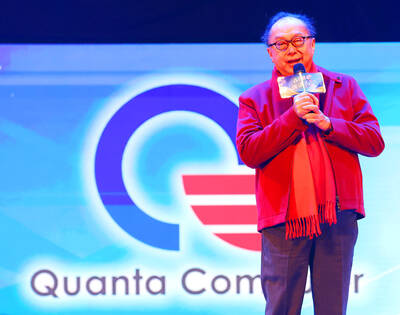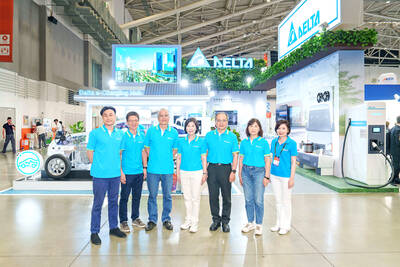Delta Air Lines, American and Hawaiian are on track to get four new routes to Tokyo Haneda airport under a preliminary decision by the US Department of Transportation on Friday.
The tentative decision would give Hawaiian Airlines its first scheduled flights to Japan, and makes Delta — already the biggest US carrier to Asia — an even more dominant player over the Pacific.
Haneda has been off-limits to US carriers since 1978. It has mostly been a domestic airport, but it’s desirable for US carriers because it is closer to the center of Tokyo than Narita airport, which is already served by Delta, United and American.
The tentative order divvies up the right to take off and land once per day on flights between the approved cities.
It’s a big win for Hawaiian Airlines, which plans to fly from Honolulu. The department said it favored Hawaiian’s application because it would increase competition and be good for the Hawaiian economy.
Delta Air Lines Inc also came out well, getting permission to fly from Los Angeles and Detroit. Delta flies to Tokyo Narita from 11 cities, including a flight from Detroit.
However, the department said Delta’s plan to use large Boeing 747s would increase competition on the new routes. The more seats on a route, the less airlines can generally charge for them. Delta’s 747s seat 403 people compared with the Boeing 777s and 767s proposed by the other carriers, which seat roughly 250.
American Airlines, a unit of AMR Corp, would fly to Haneda airport from New York.
Left waiting at the gate were Continental Airlines Inc and UAL Corp’s United Airlines. They also applied for the Tokyo routes — United to fly from San Francisco, Continental from Newark and from Guam on its Continental Micronesia unit.
The department said it looked at the geography and competitive situations in choosing the winning airlines.

Quanta Computer Inc (廣達) chairman Barry Lam (林百里) is expected to share his views about the artificial intelligence (AI) industry’s prospects during his speech at the company’s 37th anniversary ceremony, as AI servers have become a new growth engine for the equipment manufacturing service provider. Lam’s speech is much anticipated, as Quanta has risen as one of the world’s major AI server suppliers. The company reported a 30 percent year-on-year growth in consolidated revenue to NT$1.41 trillion (US$43.35 billion) last year, thanks to fast-growing demand for servers, especially those with AI capabilities. The company told investors in November last year that

Intel Corp has named Tasha Chuang (莊蓓瑜) to lead Intel Taiwan in a bid to reinforce relations between the company and its Taiwanese partners. The appointment of Chuang as general manager for Intel Taiwan takes effect on Thursday, the firm said in a statement yesterday. Chuang is to lead her team in Taiwan to pursue product development and sales growth in an effort to reinforce the company’s ties with its partners and clients, Intel said. Chuang was previously in charge of managing Intel’s ties with leading Taiwanese PC brand Asustek Computer Inc (華碩), which included helping Asustek strengthen its global businesses, the company

Taiwanese suppliers to Taiwan Semiconductor Manufacturing Co. (TSMC, 台積電) are expected to follow the contract chipmaker’s step to invest in the US, but their relocation may be seven to eight years away, Minister of Economic Affairs J.W. Kuo (郭智輝) said yesterday. When asked by opposition Chinese Nationalist Party (KMT) Legislator Niu Hsu-ting (牛煦庭) in the legislature about growing concerns that TSMC’s huge investments in the US will prompt its suppliers to follow suit, Kuo said based on the chipmaker’s current limited production volume, it is unlikely to lead its supply chain to go there for now. “Unless TSMC completes its planned six

Power supply and electronic components maker Delta Electronics Inc (台達電) yesterday said it plans to ship its new 1 megawatt charging systems for electric trucks and buses in the first half of next year at the earliest. The new charging piles, which deliver up to 1 megawatt of charging power, are designed for heavy-duty electric vehicles, and support a maximum current of 1,500 amperes and output of 1,250 volts, Delta said in a news release. “If everything goes smoothly, we could begin shipping those new charging systems as early as in the first half of next year,” a company official said. The new